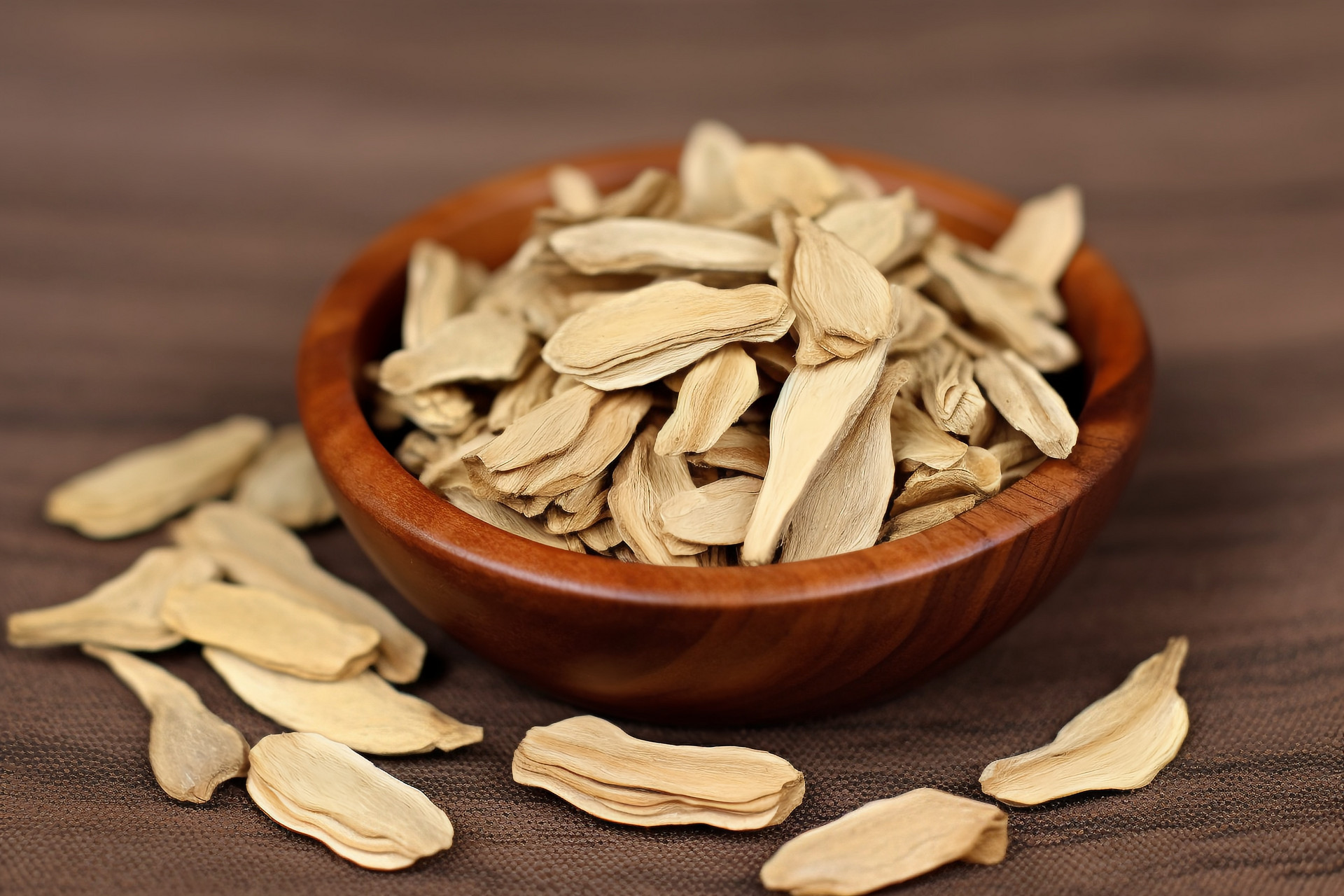Tansy, as a malignant weed, has a similar appearance to mugwort, but it has some differences from mugwort in many aspects. Tansy pollen is an allergen that can cause great harm to the human body and may trigger asthma symptoms.

In traditional Chinese medicine, tansy is believed to have the functions of promoting blood circulation, removing blood stasis, diuresis, relieving heat, and resolving surface symptoms. It is commonly used for conditions such as amenorrhea, dysmenorrhea, irregular menstruation, bruises, rheumatic joint pain, urinary tract infections, edema, damp-heat in the lower body, external fever, malaria, sore throat, and carbuncle and swelling.
Tansy is a global environmental weed. Due to its strong vitality, it can cover and suppress native plants, causing damage to the original ecosystem, reducing agricultural productivity, depleting water and nutrients in the soil, and causing air pollution due to pollen. It is a harmful plant.
Various types of tansy, especially the pollen of common tansy, cause great harm to people with allergies and are common allergens. Pollen is light in weight and small in size, and can be carried by wind. Moreover, it has many fine thorns on its surface, making it easy to attach to the respiratory mucosa.
Tansy allergy is also a major pathogen of hay fever. People with tansy allergy commonly experience itching, especially in the ears, eyes, and nose, accompanied by symptoms such as runny nose and headache.
Every year, during the transition from summer to autumn, a large amount of pollen pollution occurs in the atmosphere, causing allergic asthma. Severe tansy allergy patients may develop diseases such as emphysema and even die.
Allergies are a difficult-to-cure disease. What should be done when allergic to tansy pollen? Tansy pollen is the root cause of the allergy. First of all, avoid contact with tansy and pay attention to food hygiene. Avoid fish, shrimp, seafood, and spicy foods.
When encountering tansy allergy and experiencing itching, it is absolutely not allowed to scratch with hands, so as not to aggravate the allergic symptoms.












